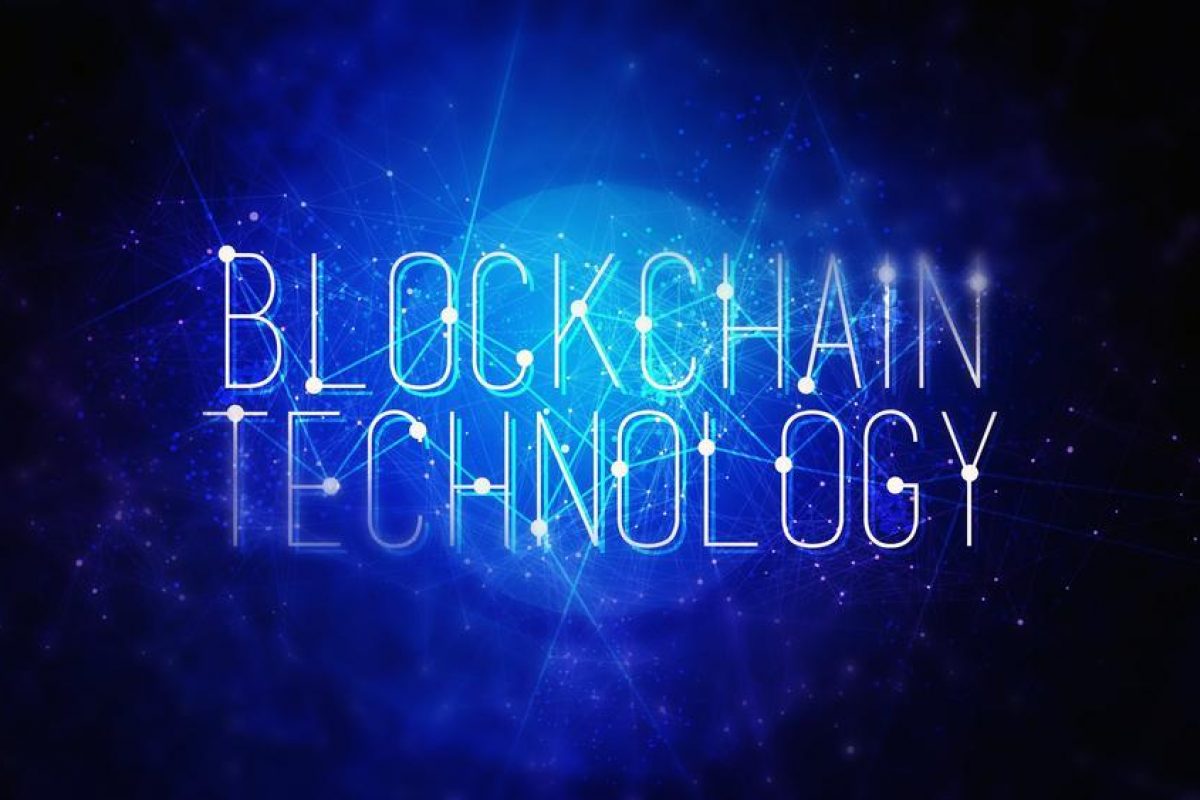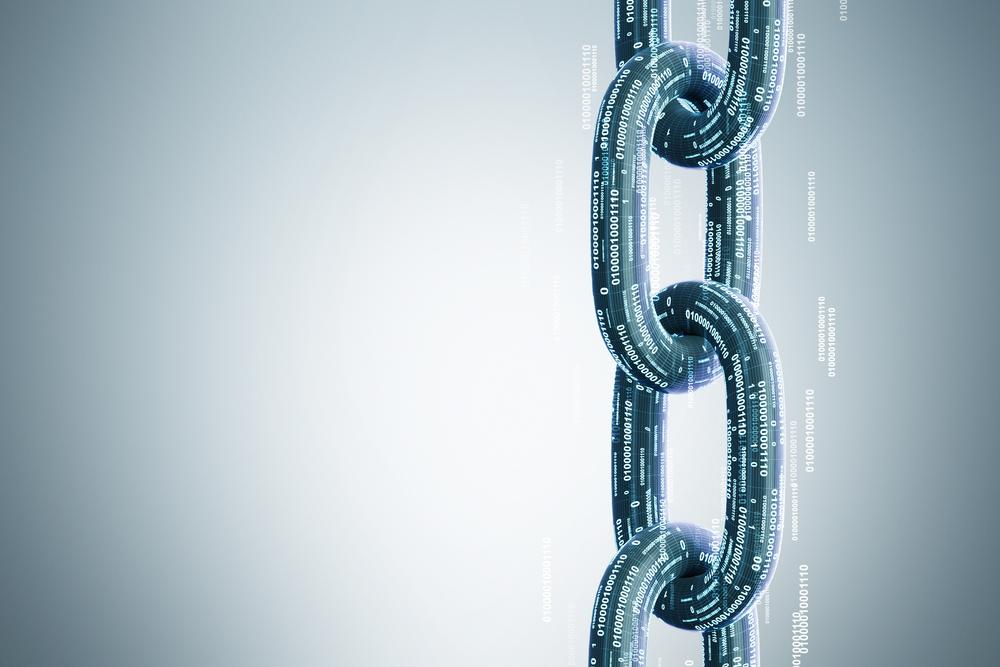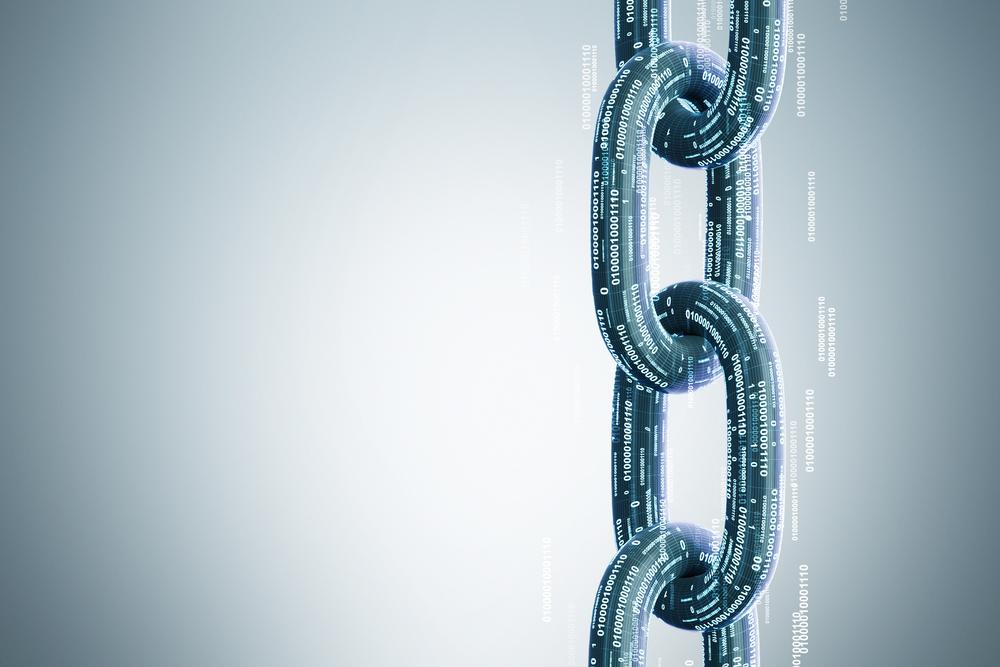A block reward is a financial incentive given to a user who helps to verify transactions on a blockchain protocol. These users, known as validators, stakers, or miners depending on the consensus mechanism used by the blockchain, play a crucial role in securing the network and ensuring its continued operation.
Understanding the Financial Incentives Behind Blockchain Networks
Block rewards serve as the primary financial incentive for individuals to participate in the network, as well as the exclusive issuance system for releasing newly minted coins into circulation. These rewards are given to each successful validator that discovers or proposes new blocks.
Blockchain networks are built on a decentralized system, which means that there is no central authority controlling its operations. Instead, the network is maintained by a group of users called validators, who are responsible for verifying transactions and discovering new blocks. These validators are incentivized to participate in the network through block rewards.
A block reward is a portion of newly minted digital tokens that are assigned to a validator who discovers or proposes a new block. These rewards serve as the primary financial incentive for users to participate in the network, as they are the only way for new coins to enter circulation. Without block rewards, there would be no incentive for users to contribute their computational power and resources to the network, and it would be vulnerable to attacks.
The amount of block rewards given to validators can vary depending on the blockchain protocol. Some protocols have fixed rewards, where the same number of tokens are given as rewards every time, while others gradually decrease the number of coins given as rewards over time. For example, Bitcoin’s block rewards are halved approximately every four years, or 210,000 blocks. This means that the block reward given to miners systematically halves over its lifespan.
In addition to block rewards, validators also earn transaction fees for including transactions in the new block they discover. These fees are separate from the block rewards and are paid by the users who initiate the transactions. Once all the coins are mined, it is anticipated that miners will become solely reliant on transaction fees to maintain their operations.
In conclusion, block rewards play a crucial role in maintaining the security and stability of blockchain networks. They provide financial incentives for users to participate in the network and contribute their computational power and resources. It is important to note that block rewards are not always denominated in the same tokens being transacted on its blockchain. Stablecoins are a common example of this. In order to maintain a steady exchange rate against fiat currency, these protocols carefully control token supply. Therefore, they often reward their miners with a different native token.
Block Rewards: The Key to Securing Decentralized Cryptocurrency Networks
Block rewards are a fundamental component of decentralized cryptocurrency networks, serving as the primary financial incentive for users to participate in the network and help secure it. These rewards are assigned to users who help to verify transactions on the blockchain, a process known as mining or staking, depending on the consensus mechanism used by the blockchain.
Block rewards serve two main purposes in a decentralized network. Firstly, they provide an incentive for users to participate in the network and help secure it by verifying transactions. Without block rewards, there would be little incentive for users to participate in the network and it would be vulnerable to attack.
Secondly, block rewards are the exclusive means by which newly minted digital tokens are released into circulation. This is known as the issuance system, and it is designed to gradually release new tokens into the ecosystem over time. The number of tokens released as block rewards can vary greatly among different projects, with some projects having a fixed number of tokens released with each block, while others gradually decrease the number of tokens over time.
In the case of Bitcoin, the issuance of new tokens is designed to decrease over time, with the block reward halving every 210,000 blocks, or roughly every four years. This is known as the “halving” and it is designed to control the rate at which new tokens are released into circulation.
The block rewards schedule and the amount of tokens released with each block can vary greatly among different projects. For example, some projects may release a large number of tokens with each block, while others may release fewer tokens but with a higher overall value. It is important for investors and users to understand the specifics of the block rewards schedule for a particular project in order to fully understand the financial incentives behind the network.
Block rewards play a crucial role in securing decentralized cryptocurrency networks by providing financial incentives for users to participate in the network and help verify transactions. They also serve as the exclusive means by which new tokens are released into circulation, helping to control the rate at which new tokens are added to the ecosystem. Understanding the specifics of a project’s block rewards schedule is essential for understanding the financial incentives behind a network, which can be a key factor in determining the long-term success of a project.
Block Rewards vs. Transaction Fees: What’s the Difference?
When it comes to the incentives behind blockchain networks, it’s important to understand the difference between block rewards and transaction fees. Both play a crucial role in ensuring the security and stability of decentralized networks, but they serve different purposes.
Block rewards are a form of financial incentive given to validators (also known as stakers or miners) for discovering new blocks and adding them to the blockchain. These rewards are typically a portion of newly minted digital tokens and are given out to validators as a way to encourage them to participate in the network and help secure it.
Transaction fees, on the other hand, are paid by users who want to send transactions on the blockchain. These fees are typically small amounts of the token being sent and are paid to the validator who includes the transaction in the next block. The purpose of transaction fees is to help prevent spamming of the network and to ensure that the validators have an incentive to include only valid transactions in the blocks they discover.
It’s important to note that validators typically receive both block rewards and transaction fees for their efforts. The block rewards serve as the primary financial incentive for validators to participate in the network, while the transaction fees serve as an additional incentive and a way to pay for the resources required to process the transactions.
As the total supply of tokens on a network approaches its maximum, the block rewards will decrease and transaction fees will become a more significant source of revenue for validators. This is the case for Bitcoin, for example, as the block rewards are halving every 210,000 blocks, and the total supply of coins is capped at 21 million.
Block rewards and transaction fees are both essential to the security and stability of decentralized blockchain networks. Block rewards serve as the primary financial incentive for validators to participate in the network, while transaction fees serve as an additional incentive and a way to pay for the resources required to process transactions. Understanding the difference between these two incentives is crucial for understanding the economics of decentralized networks.
The Role of Block Rewards in Maintaining the Stability of Cryptocurrency Networks
Block rewards play a crucial role in maintaining the stability and security of decentralized cryptocurrency networks. These rewards provide a financial incentive for users, also known as validators or miners, to participate in the network and verify transactions. Without block rewards, there would be no incentive for users to invest the time and resources required to secure the network.
In a proof-of-work consensus mechanism, such as the one used by Bitcoin, miners compete to solve complex mathematical problems and add new blocks to the blockchain. The first miner to add a block is rewarded with a certain number of newly minted tokens, known as the block reward. This reward serves as an incentive for miners to continue verifying transactions and adding new blocks to the blockchain.
In a proof-of-stake consensus mechanism, validators, also known as stakers, are chosen to validate transactions based on the amount of tokens they hold and are willing to “stake” as collateral. These validators are also rewarded with a portion of newly minted tokens for their role in maintaining network security.
Block rewards also play a key role in controlling the supply of tokens in circulation. Many protocols have a fixed total supply, and block rewards are the only way new tokens are released into circulation. This controlled issuance system helps to maintain the stability of the network and its underlying token.
In addition to providing financial incentives for network participation, block rewards also play a key role in the overall security of the network. By providing an incentive for users to participate in the network and verify transactions, block rewards help to ensure that there is always a sufficient number of users working to secure the network.
Block rewards are a vital component of decentralized cryptocurrency networks. They provide a financial incentive for users to participate in the network and maintain its security, and also help to control the supply of tokens in circulation and maintain network stability. Without block rewards, decentralized cryptocurrency networks would not be able to function effectively.
Exploring the Importance of Block Rewards in the World of Cryptocurrency
Block rewards play a crucial role in maintaining the stability and security of cryptocurrency networks. They are a financial incentive provided to users who help to verify transactions on the blockchain, known as validators, stakers, or miners, depending on the consensus mechanism used by the protocol.
These rewards are used to incentivize distributed volunteer users to discover new blocks and secure the network, as there is no central administrator overseeing the network. Without block rewards, there would be little incentive for users to participate in the network, and the network would be vulnerable to attack.
Block rewards also serve as the exclusive issuance system for releasing new coins into circulation. They are given to each successful validator that discovers or proposes new blocks. The number of coins given as block rewards can vary, with some protocols having a fixed number of tokens and others gradually decreasing the number over time.
For example, Bitcoin has a “halving” event that occurs roughly every four years, where the block reward given to miners is systematically halved. This is done to control the supply of new coins and prevent inflation. Since the last halving in May 2020, successful miners have been receiving 6.25 BTC for each block discovered.
It is important to note the difference between block rewards and transaction fees. While a miner will receive both block rewards and any fees attached to the transactions they include in a new block, they are entirely separate. Once all Bitcoin has been mined, it is anticipated that miners will become solely reliant on transaction fees to maintain their operations.
Additionally, block rewards are not always denominated in the same tokens being transacted on the blockchain. For example, stablecoins often reward their miners with a different native token in order to maintain a steady exchange rate against fiat currency.
Block rewards are a vital component of cryptocurrency networks and play a key role in maintaining their security and stability. They are the driving force behind the decentralized, trustless nature of blockchain technology, providing financial incentives for users to participate in the network and ensure its continued operation. For more information on mining at home, visit ResidentialMiner.com.
Mining at home: How block rewards can help you earn more
Mining at home is a great way for individuals to get involved in the world of cryptocurrency. By using specialized equipment and software, you can earn block rewards for verifying transactions on a blockchain network. This not only helps secure the network, but also provides you with a financial incentive for participating.
One of the main benefits of mining at home is the potential to earn more than you would by simply holding or trading cryptocurrency. The block rewards earned by miners are a significant source of income, and can be substantial depending on the value of the cryptocurrency and the number of blocks mined.
In addition, mining at home can also provide you with a deeper understanding of how blockchain technology works. By participating in the verification process, you gain a greater appreciation for the mechanics of a decentralized network and the importance of block rewards in maintaining its stability.
Furthermore, home mining also allows you to have a more direct and transparent view of the whole process of mining. This can help you to be more in control of your investment and to understand the factors that influence the mining process.
In conclusion, block rewards are an essential component of decentralized cryptocurrency networks, and mining at home is a great way to get involved and earn more. By participating in the verification process, you can earn block rewards and gain a deeper understanding of how blockchain technology works. If you’re interested in learning more about mining at home, be sure to visit ResidentialMiner.com to learn more about the best equipment and strategies for maximizing your earnings.
Block rewards and its role in securing blockchain network
Block rewards play a crucial role in securing blockchain networks, particularly those that use a proof-of-work consensus mechanism such as Bitcoin. In a proof-of-work network, miners compete to solve complex mathematical problems in order to discover new blocks, which are then added to the blockchain. The miner that successfully discovers a new block is rewarded with a portion of newly minted tokens, also known as the block reward.
These rewards serve as a financial incentive for miners to participate in the network and secure it by verifying transactions. Without block rewards, there would be little incentive for miners to expend the significant computational resources required to discover new blocks.
In addition to providing financial incentives for miners, block rewards also serve as the mechanism through which new tokens are released into circulation. This controlled issuance system helps to maintain the stability of the network by preventing inflation and ensuring that the value of the tokens remains consistent.
It’s also important to note that while block rewards are crucial in securing blockchain networks, they are not the only financial incentive for miners. In addition to block rewards, miners also earn transaction fees for the transactions they include in the new blocks they discover. These transaction fees are paid by the users who initiate the transactions and provide an additional source of income for miners.
In a proof-of-stake consensus mechanism, the validators are called stakers, instead of miners and they validate the transactions by holding a certain amount of token and put them at stake, these stakers are also rewarded with block rewards.
Overall, block rewards play a vital role in ensuring the security and stability of blockchain networks. They provide the financial incentives necessary to motivate miners to participate in the network, and their controlled issuance helps to maintain the value of the tokens. If you’re interested in mining at home and earning block rewards, visiting ResidentialMiner.com can provide you with more information on the different mining options available.
Why block rewards are crucial for maintaining a decentralized network
Block rewards are a fundamental component of decentralized cryptocurrency networks as they serve as the primary financial incentive for users to participate in the network.
Without block rewards, there would be no incentive for users to validate transactions and secure the network. This is because, in a decentralized network, there is no central authority to oversee the network’s operations, meaning that the network relies on the voluntary participation of its users.
Block rewards work by providing a portion of newly minted digital tokens to users who help to validate transactions on the blockchain. These users, known as validators, miners, or stakers, are responsible for discovering new blocks and adding them to the blockchain. In return for their efforts, they are rewarded with a certain number of tokens.
The importance of block rewards in maintaining a decentralized network cannot be overstated. They act as the backbone of the network, providing the necessary financial incentives for users to participate, and ensuring that the network remains secure and operational.
Furthermore, block rewards also serve as the exclusive issuance system for releasing newly minted coins into circulation. This is important for maintaining the stability and value of the cryptocurrency. Some block rewards are fixed, meaning the same number of tokens are given as rewards every time, while others gradually decrease the number of coins given as rewards over time. This ensures that the cryptocurrency’s value is not diluted by an oversupply of tokens.
In conclusion, block rewards are an essential component of decentralized cryptocurrency networks. They provide the necessary financial incentives for users to participate and secure the network, and also play a crucial role in maintaining the stability and value of the cryptocurrency. With the right tools and knowledge, anyone can participate in the process of block validation and earn rewards at home. Visit ResidentialMiner.com to learn more about mining at home.
Block Rewards: The driving force behind the decentralized economy
Block rewards are a crucial component of decentralized cryptocurrency networks, serving as the primary financial incentive for users to participate in the network and help secure it. Without block rewards, there would be little incentive for users to dedicate their computational resources to verifying transactions and creating new blocks, making it difficult for these networks to operate.
Block rewards work by providing a portion of newly minted digital tokens to users who help to verify transactions on a blockchain protocol. These users, known as validators or miners, are responsible for discovering and adding new blocks to the blockchain. In return for their work, they are rewarded with a set number of tokens, which can then be sold or held for future appreciation.
Block rewards serve multiple purposes within a decentralized network. Firstly, they provide an incentive for users to participate in the network, as they are able to earn a financial reward for their efforts. This is particularly important for networks that use a proof-of-work consensus mechanism, such as Bitcoin, as it requires a significant amount of computational power to mine new blocks.
Secondly, block rewards are the primary means of releasing new tokens into circulation. As tokens are minted and distributed to miners, they enter the economy and can be used to purchase goods and services, or traded on cryptocurrency exchanges. This is important for maintaining the stability of the network, as it ensures a steady supply of tokens to meet demand.
Finally, block rewards also play a key role in maintaining the security of the network. The process of mining new blocks requires users to solve complex mathematical puzzles, which helps to secure the network against malicious actors. As the number of tokens awarded for mining new blocks decreases over time, it becomes increasingly expensive for an attacker to launch a successful attack, as they would need to control a significant portion of the network’s computational power.
Overall, block rewards are a fundamental aspect of decentralized networks and play a crucial role in maintaining the stability, security, and decentralization of these networks. As the decentralized economy continues to grow, block rewards will become even more important, providing users with the financial incentives they need to secure and grow these networks.
Block rewards and how they keep the blockchain network secure
Block rewards play a critical role in maintaining the security of decentralized blockchain networks. These rewards are given to users, also known as validators, who help to verify transactions on the blockchain. These validators can be called miners or stakers, depending on the consensus mechanism used by the blockchain.
Block rewards are necessary because they provide financial incentives for users to participate in the network. Without these incentives, there would be little motivation for users to volunteer their resources and computational power to verify transactions and maintain the network.
Block rewards also serve as the primary way for new digital tokens to be released into circulation. This is known as the exclusive issuance system. The number of tokens given as block rewards can vary depending on the project. Some projects have fixed rewards, while others decrease the number of rewards over time. For example, Bitcoin goes through a ‘‘halving’’ roughly every four years, or 210,000 blocks. This means the block reward given to miners systematically halves over its lifespan.
It is important to note that block rewards are distinct from transaction fees. Miners will receive both block rewards and any fees attached to the transactions they include in a new block. Once all Bitcoin are mined, it is expected that miners will rely solely on transaction fees to maintain their operations.
In addition to these incentives, block rewards also play a role in maintaining the stability of cryptocurrency networks. For example, stablecoins often reward miners with a different native token in order to maintain a steady exchange rate against fiat currency.
In conclusion, block rewards are the driving force behind the decentralized economy, providing the necessary incentives for users to participate in maintaining the network and ensuring its security. Without block rewards, the decentralized nature of blockchain technology would not be possible. And for those who are interested in mining at home, block rewards can be a great way to earn more by participating in the network.
Block rewards: The backbone of Cryptocurrency networks
Block rewards are a fundamental aspect of any decentralized cryptocurrency network. They serve as the financial incentive for users to participate in the network and help to keep it secure. The process of verifying transactions, known as mining in proof-of-work networks or staking in proof-of-stake networks, is made profitable through the rewards earned by the users who successfully validate new blocks.
Block rewards also play a crucial role in the issuance of new coins. As the only way for new tokens to enter circulation, block rewards are responsible for the steady growth of the total coin supply. This is why block rewards are often designed to decrease over time, as the total coin supply approaches its maximum limit.
It’s also important to distinguish between block rewards and transaction fees. While block rewards are given to the users who validate new blocks, transaction fees are paid by users to the validators for including their transactions in the block. These two revenue streams work together to keep the network running smoothly and incentivize users to participate.
In a decentralized network, block rewards are essential for maintaining security and stability. Without them, there would be no financial incentive for users to validate transactions and secure the network. This is why block rewards are considered the backbone of cryptocurrency networks and play a crucial role in the decentralized economy.
To learn more about mining at home and how to take advantage of block rewards, visit ResidentialMiner.com. You can learn more about the different options available for mining and staking, and how to set up your own mining rig to start earning rewards. With the right equipment and knowledge, anyone can participate in the decentralized economy and earn rewards for helping to secure the network.

















1 Comment